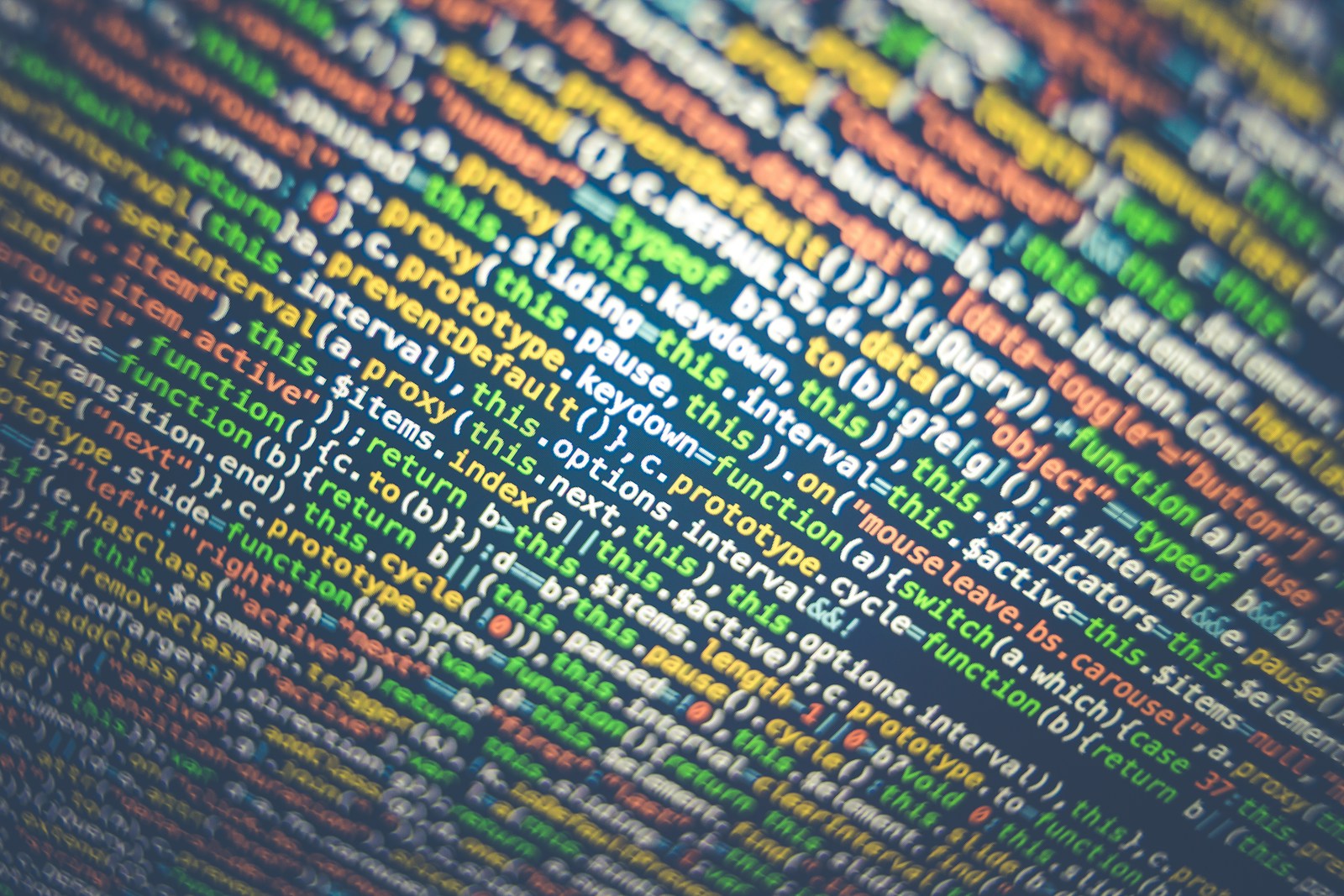Category: Newsletter
-

Risk Management Techniques: Stop-Loss Orders
Introduction A stop-loss order is a fundamental tool in risk management used by traders and investors to minimize potential losses on investments. It is particularly useful in protecting capital and maintaining disciplined trading practices. Here’s a detailed breakdown of stop-loss orders and how they function: 1. What is a Stop-Loss Order? A stop-loss order is…
-

Detailed Explanation of Take-Profit Orders in Risk Management
Introduction In trading, one of the essential parts of risk management is the use of take-profit orders. This strategy helps traders lock in profits by automatically closing a trade once it reaches a predefined profit level. Here’s an in-depth explanation of how take-profit orders work and why they are crucial for risk management: What is…
-

Risk Management Techniques – Position Sizing
Introduction Position sizing is a crucial risk management technique used by traders and investors to determine how much of their capital they should allocate to a single trade or investment. Proper position sizing helps in controlling risk exposure and ensuring that no single position can significantly impact the overall portfolio. Why Position Sizing Matters Position…
-

Risk Management Techniques: Portfolio Diversification
Introduction Portfolio diversification is a crucial risk management technique used by investors to protect their investments and enhance their returns. Here, we’ll dive into what portfolio diversification means, why it’s important, and how investors use it to minimize risk. What Is Portfolio Diversification? Portfolio diversification involves spreading investments across a variety of assets, sectors, or…
-

-

-

Optimization Techniques (Grid Search, Genetic Algorithms)
Introduction Backtesting is the process of testing a trading strategy using historical data to see how it would have performed in the past. This helps traders understand if their strategy has potential profitability before risking real money. The goal is to simulate the trading strategy in a past market environment and analyze the outcomes. If…
-

-

Data Analysis: Data Cleaning and Preprocessing Explained
Introduction Data analysis is essential in any research, decision-making, or business strategy. However, before any meaningful insights can be drawn from data, the data must be prepared and polished. This is where data cleaning and preprocessing come into play. These two steps are crucial for ensuring data quality, accuracy, and relevance. Let’s break down each…
-

Programming Languages Overview
Introduction Programming languages are tools that help us write instructions for computers to perform tasks. They vary in design and use cases, with some specialized for data analysis, others for web development, and more. Let’s explore two prominent languages, Python and R, with a focus on their key libraries and frameworks. 1. Python: A Versatile…
